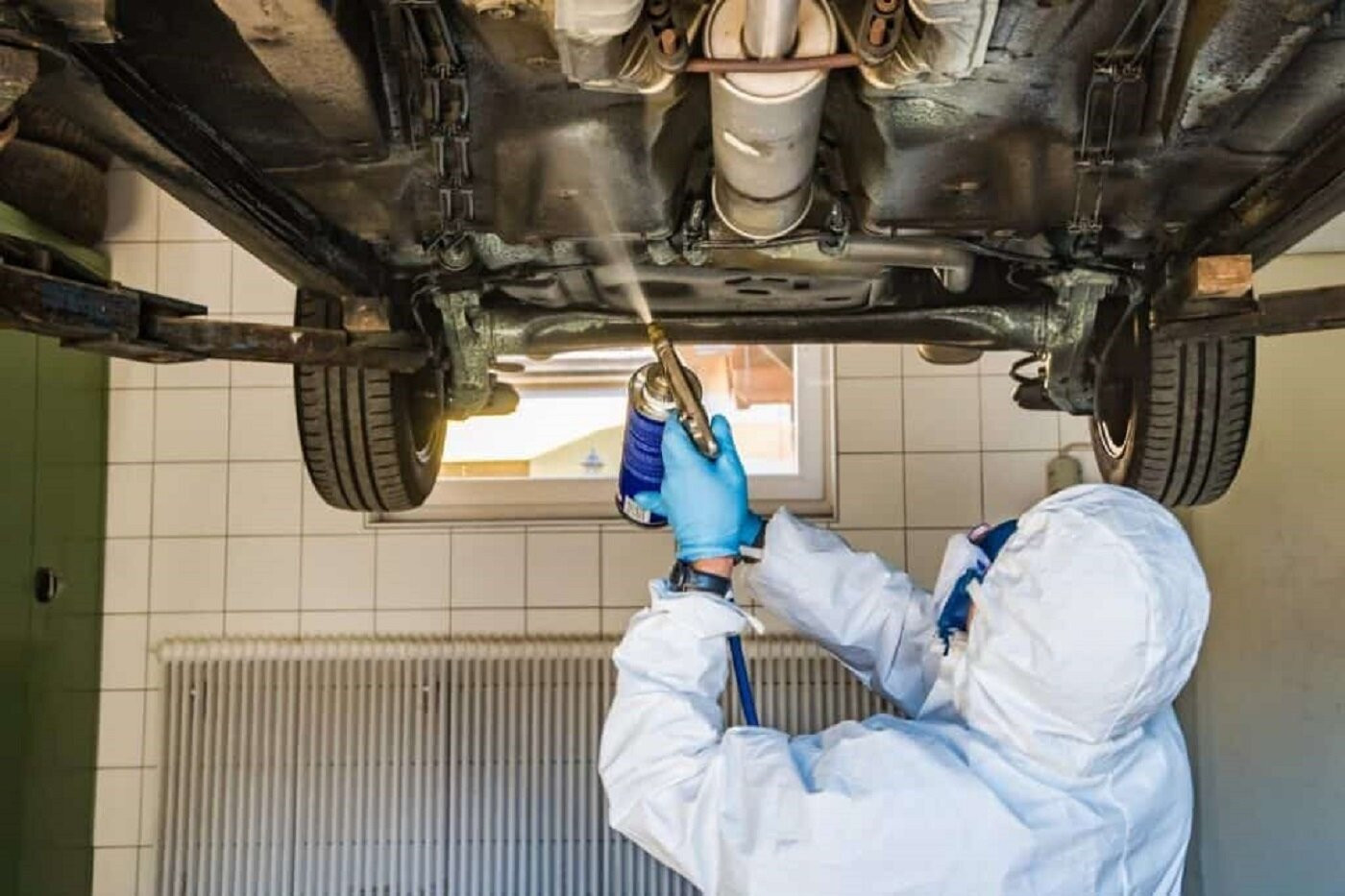Noise in the car cabin is caused by many factors such as road, outside noise, car parts such as engine, exhaust pipe, metal...

Along with that, many cheap popular car models have thin shells so they are often noisy, causing discomfort for people inside the cabin. Below are the causes and some effective solutions.
Noise from engine compartment
This is a fairly common cause because the engine compartment is only a small distance from the cabin, and has many interconnected parts such as: steering wheel, gearbox, accelerator, brakes, electrical system... so causing noise is inevitable.
To overcome the noise from the engine compartment, you can stick a soundproof panel between these two compartments to reduce some of the sound from the engine to the driver's compartment. These soundproof panels are designed to be convex and concave to eliminate the echo of the engine. To increase the noise-proofing effect, many car owners also stick soundproof panels on the underside of the hood to minimize the noise emitted from the engine.
Many experts also point out that after a period of operation, the rubber of the engine mount often ages, loses elasticity and leads to louder noise. Therefore, replacing or reinforcing the rubber of the engine mount is also a way to reduce noise for the vehicle.
Road noise
When the vehicle is moving on the road, there will be a “rustling” sound, which is the sound of the vehicle contacting the road surface. If the vehicle is moving on bad roads or driving at high speed, the noise will be even louder.
To fix this, you can apply a coating to the undercarriage for about 2-4 million VND/coating. Car undercarriage paint is usually a thick solvent mixture containing synthetic resin or rubber-based ingredients.
This special paint layer is said to protect the chassis from harmful factors from the outside environment, making it easier to clean the chassis, increasing aesthetics, and reducing noise from the chassis, including the sound of the exhaust pipe.
In addition, one way to significantly reduce road noise is to use good quality, correct type of tires and regular tire care.
Noise from vehicle components
For old cars, many plastic and metal parts become degraded and rattle when the car moves. To fix these noises is often quite difficult because the source is located in many places.
The sound of the car door glass is no longer tight with the door gasket, creating a gap that makes a "clacking" sound when moving on bad roads.
Or the “squeaking” sound of plastic parts colliding with each other is also the reason why people sitting in the car feel uncomfortable. On old car models, many plastic parts are warped, deformed or broken, causing these parts to creak, creating noise when moving.
To fix it, you need to find out where the sound is coming from, specifically determine exactly which screw is loose, which piece of plastic has fallen off, or which glass panel is hitting the car door to adjust, repair, or replace it in the right place.
External noise
Outside noise is very diverse, such as traffic noise, wind noise, rain noise, etc. These noises mainly penetrate the cabin through the car's shell and doors. Therefore, many people overcome this by applying a soundproof layer to the doors, ceiling, and even the car's floor.
These soundproofing layers are made primarily of foam-like materials, which provide good sound insulation.
In addition, sticking soundproof panels and rubber gaskets on the edges of the car doors is also a fairly effective way to reduce noise. According to some people who have used rubber gaskets to reinforce the edges of the doors, this not only helps reduce noise in the car but also significantly reduces the amount of dust entering the car from the outside.
TB (according to VTC)